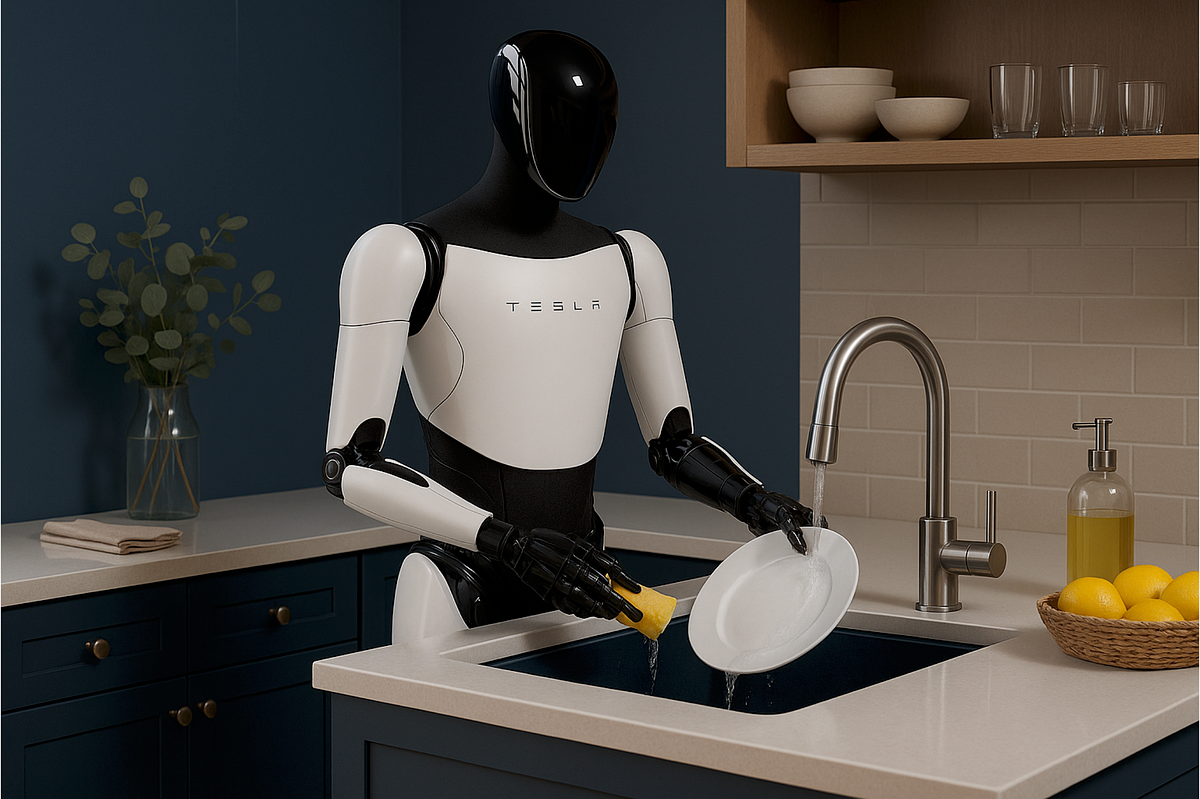Medium
3w
428

Image Credit: Medium
Five Humanoid Robots That Are Already Changing the World (And One That’s Giving Us Chills)
- The global humanoid robotics market is growing rapidly with estimated potential revenues reaching $38 billion by 2035 and $24 trillion by 2050.
- Numerous startups are developing humanoid robots for various industries such as logistics, healthcare, education, and customer service.
- Companies like Figure AI, Dexterity, and Amazon are investing in humanoid robots for warehouse automation and order processing.
- In healthcare, robots like Moxi, Pepper, and E-BRAiN are assisting with patient care, intern training, and offering human-like comfort in clinical settings.
- Humanoid robots are being utilized in stores and hotels to interact with customers, provide recommendations, and serve as concierges.
- Robots are also making their way into schools to assist with experiments, language learning, and improving academic performance for students.
- At a conference, a humanoid robot named RIA from Machani Robotics participated in a panel discussion on AI ethics, highlighting the robots' potential in societal debates.
- While humanoid robots are advancing rapidly, there are challenges such as societal discomfort with their human-like features and capabilities.
- Despite fears of job displacement, humanoid robots are designed to enhance efficiency, reduce workload, and automate dangerous tasks rather than replace humans completely.
- The integration of humanoid robots into everyday life is accelerating, driven by significant investments, technological advancements, and business demands.
- The future of humanoid robots is promising, with potential applications expanding across various sectors, making them increasingly common in everyday scenarios.
Read Full Article
25 Likes
For uninterrupted reading, download the app